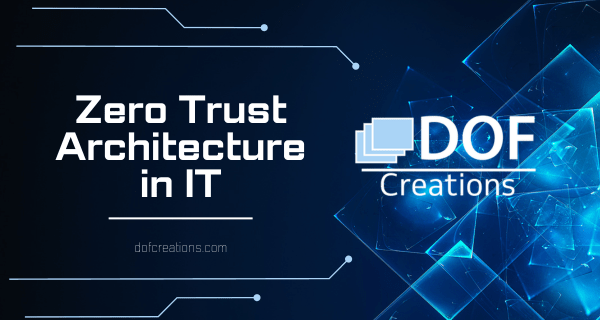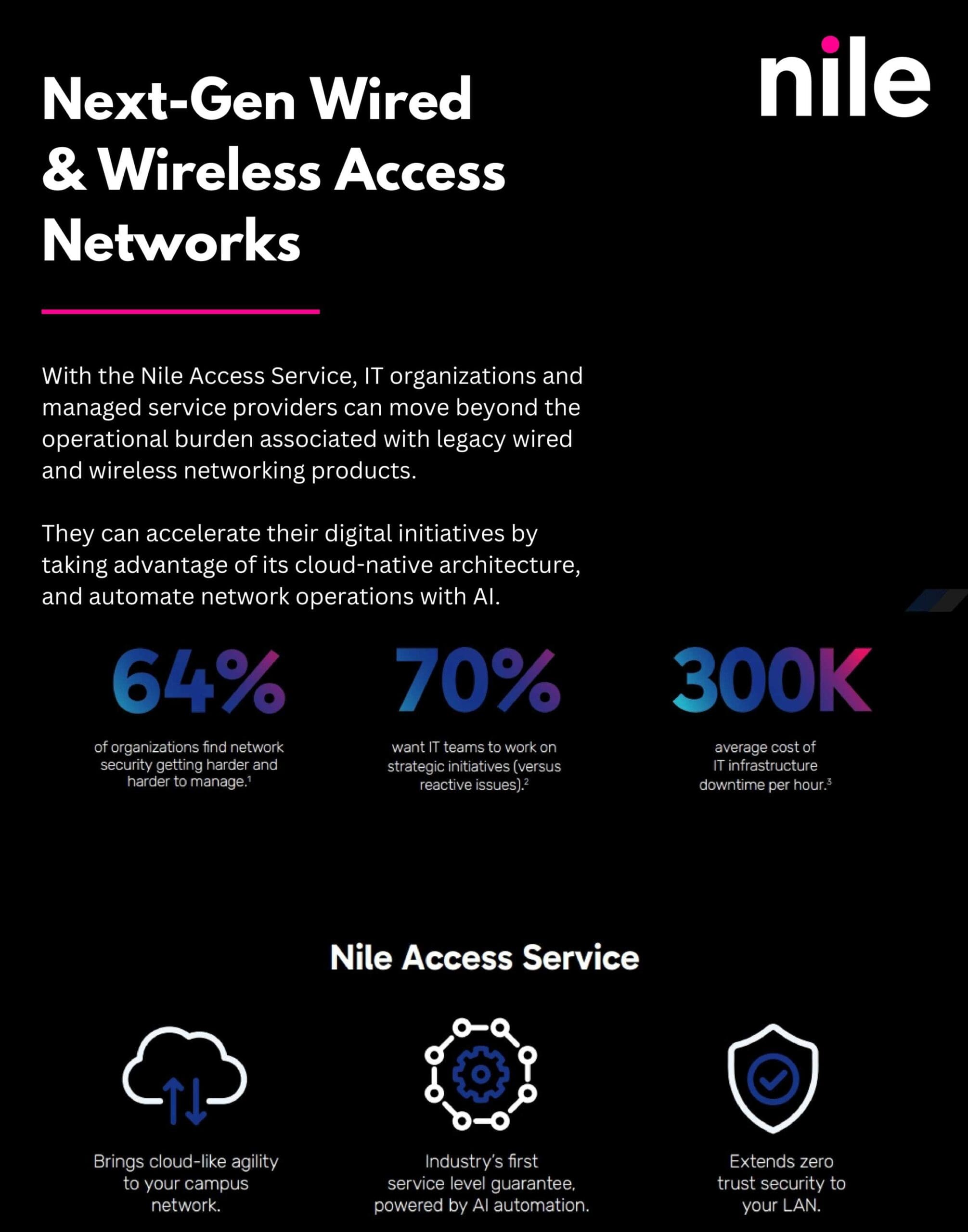Request A Demo
What is Zero Trust Architecture?
In today’s world, cybersecurity is of paramount importance to any organization. With the increasing number of cyber-attacks, companies are striving to secure their networks, applications, and data. The traditional security models, which rely on perimeter-based security, are becoming obsolete. Enter Zero Trust Architecture (ZTA), a security model that assumes no trust for any entity, be it inside or outside of an organization’s network.
The Zero Trust Architecture is built on the principle of ‘never trust, always verify.’ This means that every user, device, or application trying to access an organization’s resources must be authenticated and authorized before gaining access. It does not matter whether the user is inside or outside the corporate network; the same level of scrutiny is applied.
How is Zero Trust Architecture Implemented and Utilized?
The implementation of Zero Trust Architecture involves several steps and requires a shift in both mindset and technology. Here are the key steps involved in implementing Zero Trust Architecture:
Identify Sensitive Data: The first step is to identify the sensitive data that needs protection. This includes customer data, intellectual property, and other confidential information.
Map the Data Flow: Once the sensitive data is identified, the next step is to map the flow of this data across the network. This involves identifying all the applications, devices, and users that interact with the data.
Create a Micro-Perimeter: A micro-perimeter is a small, isolated network segment that contains only the resources required for a specific business function. This reduces the attack surface and minimizes the impact of a potential breach.
Implement Multi-Factor Authentication (MFA): MFA involves using multiple methods to authenticate a user, such as something they know (password), something they have (mobile device), and something they are (fingerprint).
Least-Privilege Access: This involves giving users and devices the minimum level of access required to perform their tasks. This helps in minimizing the potential damage in case of a security breach.
Continuous Monitoring: Continuously monitor the network for any suspicious activities. This involves analyzing the network traffic, user behavior, and application usage to identify any anomalies.
What Are the Most Important Components of Zero Trust?
Identity and Access Management (IAM): IAM is a crucial component of Zero Trust Architecture. It involves managing the identities of users and devices and controlling their access to resources.
Multi-Factor Authentication (MFA): As mentioned earlier, MFA involves using multiple methods to authenticate a user or device.
Encryption: Encryption is the process of converting data into a code to prevent unauthorized access. It is essential to encrypt data both at rest and in transit.
Micro-Segmentation: This involves breaking down the network into smaller, isolated segments (micro-perimeters) to minimize the attack surface.
Network Access Control (NAC): NAC involves controlling the access of devices to the network. This includes both corporate devices as well as personal devices (BYOD).
Endpoint Security: This involves securing all the endpoints (devices) that connect to the network. This includes laptops, mobile devices, and IoT devices.
Security Information and Event Management (SIEM): SIEM involves collecting and analyzing security-related data from various sources to identify and respond to security incidents.
DOF’s Thoughts
Zero Trust Architecture is an essential security model for organizations to protect their sensitive data and applications. It involves a combination of various components such as IAM, MFA, Encryption, Micro-Segmentation, NAC, Endpoint Security, and SIEM. Implementing Zero Trust Architecture requires a shift in mindset and technology, but it is crucial for the security of an organization. That’s where we are experts and our expertise comes in.
We have a team of experienced professionals who have successfully implemented Zero Trust Architecture for various organizations across different industries. We understand the unique challenges faced by each organization and customize our approach to meet their specific needs.
Contact DOF today to learn how we can help your organization implement Zero Trust Architecture and secure your sensitive data and applications.


